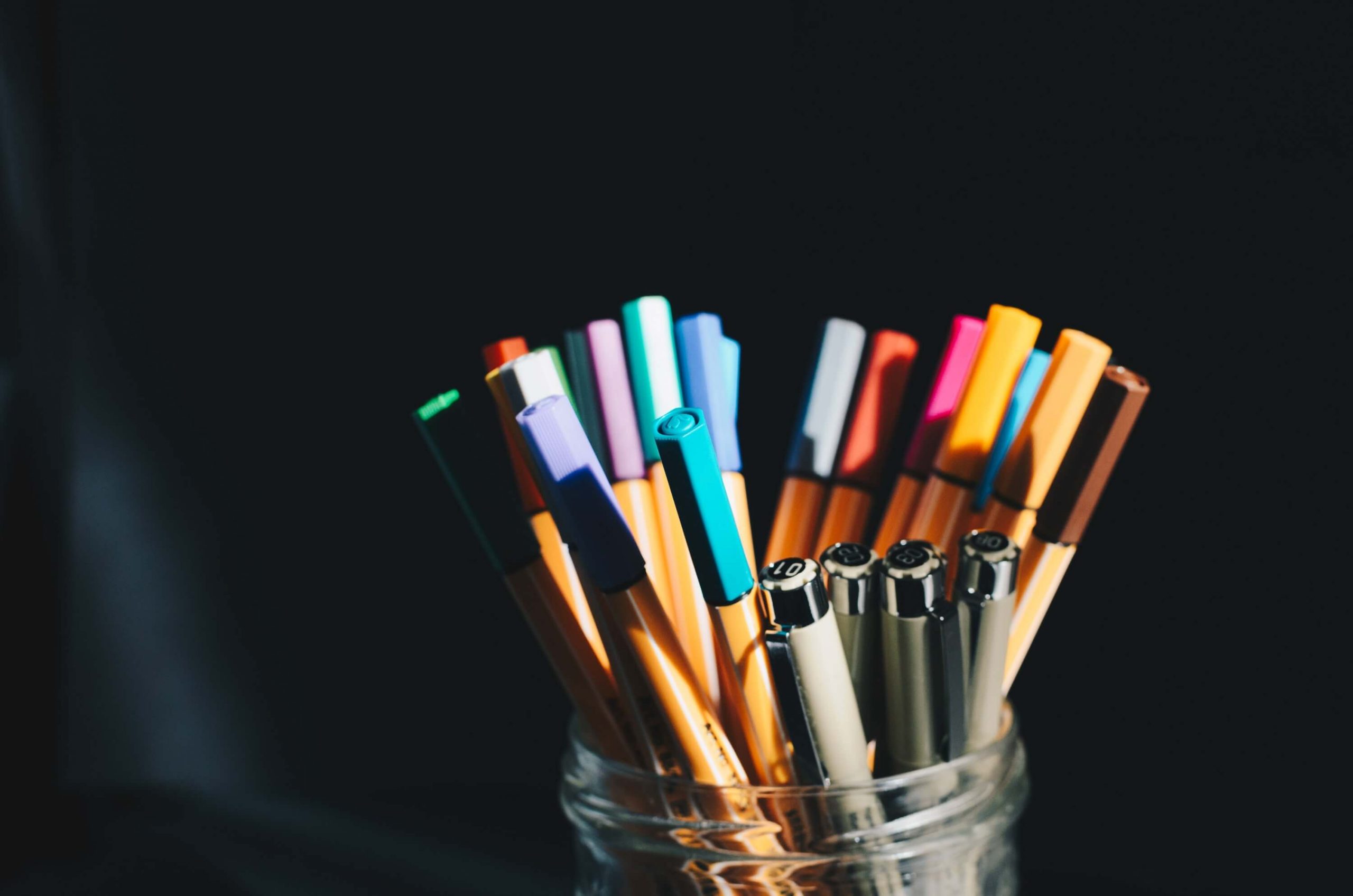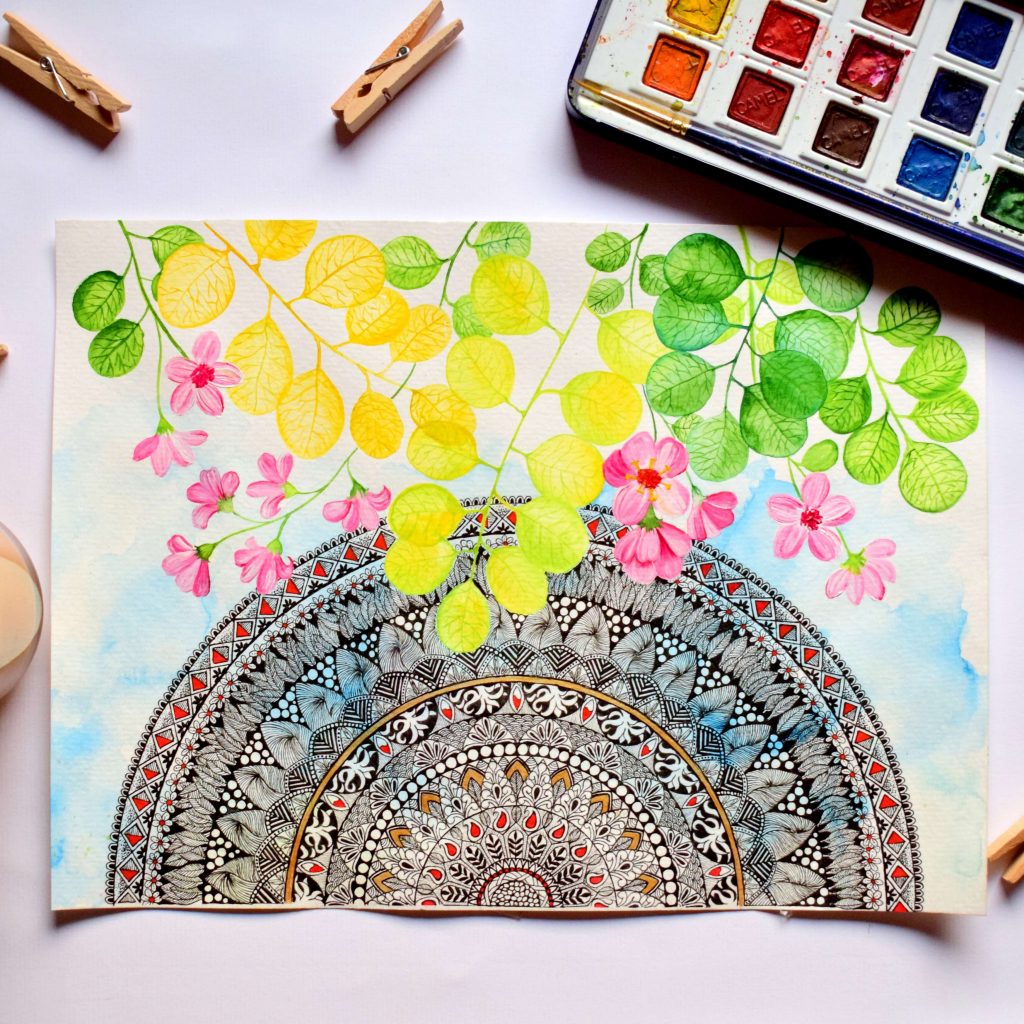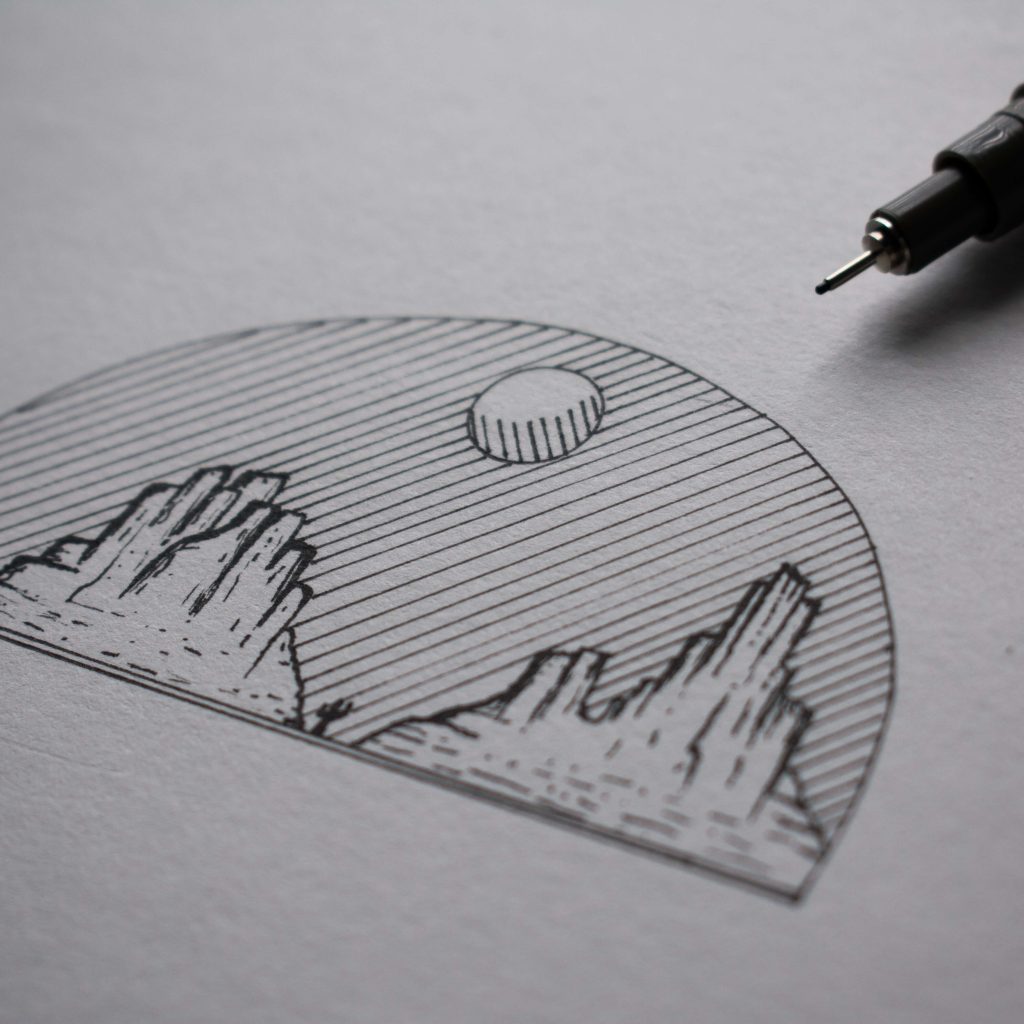
A pencil is ideal for sketching. However, among its many advantages, this tool also has its drawbacks. For whom is it best and how to use it effectively?
The main advantage of the pencil is its price. You can, of course, find more expensive devices, but at the beginning, a few zlotys (at the market, thin-copying pens cost around PLN 3 each) are enough to get you started. Works drawn with a thin pen look beautiful, but require a skilled hand. So, before moving to more expensive materials, it is worthwhile to practice drawing with a thin pen in a blotter or on a plain sheet of paper.
It’s best to start your adventure with thin pens by buying a few cheaper ones, but with different thicknesses. The average thin pen, neither too thin nor too thick, is marked 0.4. Values below this will indicate thinner tips, values above this will indicate thicker tips. At the beginning, 3, maybe 4 thin pens will suffice: a standard 0.4, a smaller one for shading 0.2, and a thicker one for filling in 0.8.

The thickness of the line we want to achieve while drawing with a thin pen is up to us. You can’t do without testing thin pens yourself and developing individual preferences. For universal guidelines: to achieve three-dimensionality (e.g. by hatching), a really thin tip works best, e.g. 0.05; for drawing shadows, 0.8; and for general contours, 0.4. Besides the most popular black, you can of course buy coloured or even metallic thin pens.
It is worth trying drawing with a thin pencil if you already have experience in drawing or sketching, for example, with a pencil. A steady hand, a dynamic line, and precise movements will make it easier to work with a thin-copying pen and will make your drawing look good. A line without corrections is the desired line for this technique.
The basic rule for paper selection in this case is thickness and absorbency. A pencil is quite a wet tool and on paper that is too thin, it will definitely show through. It may also spill. It is best to choose paper dedicated to markers and pens. If you are looking for a cheaper alternative, a good quality technical pad will do just fine. It is important that its pages have a satin rather than rough finish.
A slightly more expensive option, but it’s worth investing a few zlotys more if you want to be sure that it will dry quickly, won’t smudge and will last longer. However, the biggest advantage of waterproof pen is the possibility of combining it with other wet paints. We can create a beautiful black outline of a flower with the thin pen and then fill it in with watercolors.

Basically, the answer is that if you can do pencil sketches, it’s worth experimenting with thin pencil. This technique is more difficult, but this is reflected in the result. A pencil doesn’t give as much contrast as a thin pen, and it takes longer to work with because it requires adding layers. However, it is more difficult to achieve such chiaroscuro with a pencil.
It’s worth trying new things, because it’s the only way to develop yourself. The pencil is very versatile and gives you a wide range of possibilities to experiment. It will be perfect for drawing botanical and animal motifs, as well as outdoor scenes. It will also prove useful in designing tattoo patterns. The pencil enables you to work precisely, drawing even lines and details.
Pencil is great for creating quick sketches. You don’t have to work long on the effect – literally just a few skilled moves and you’re done. Definitely a tool for skilled draftsmen. It is perfect for techniques such as zentangle. Even if you do not catch the bug of drawing with a thin pen, it is not an expensive tool, and as a last resort, you can use it simply for writing